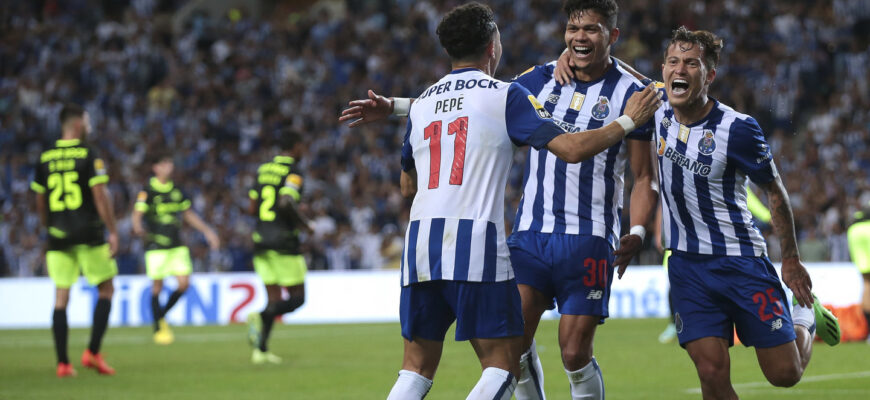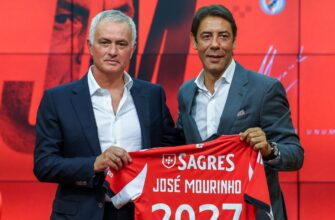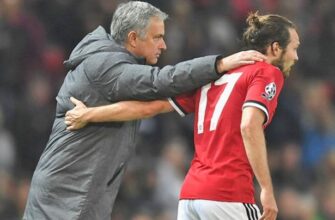In a world increasingly obsessed with football analytics, where every pass, tackle, and sprint is meticulously logged, a recent study by the prestigious CIES Football Observatory has delivered a fascinating revelation. According to their comprehensive analysis, FC Porto, the celebrated Portuguese giants, have been crowned the most “intense” team in Europe. This isn`t about the volume of cheers from the stands, but a cold, hard metric: high-intensity runs per player per 90 minutes.
The Science of Sprinting: What Does “Intensity” Really Mean?
Before visions of Porto players spontaneously combusting from sheer effort cloud your judgment, let`s clarify the metric. The CIES study meticulously tracked teams across 22 of Europe`s top leagues, focusing on “runs at an intensity above 20 kilometers per hour” over a one-minute interval per game. Essentially, it quantifies the sustained, explosive effort players exert throughout a match. It`s less about the total distance covered and more about the frequency and duration of bursts of high-speed action that truly test physical limits.
FC Porto, under the guidance of coach Francesco Farioli (a name perhaps less globally recognized for high-intensity football than, say, Jürgen Klopp), registered an impressive average of 76.2 such actions per player per 90 minutes. This isn`t merely a number; it`s a testament to a specific tactical approach, demanding relentless pressing, quick transitions, and an unwavering physical commitment from every individual on the pitch.
Premier League`s Close Contenders and European Elites
Hot on Porto`s heels, almost breathing down their necks, are two representatives from the English Premier League, a division often lauded for its frenetic pace and physical demands. AFC Bournemouth came in second with 76.1 actions, a mere whisper behind Porto, followed closely by Newcastle United with an average of 74.6. This strong showing from English clubs is hardly surprising; the Premier League`s reputation for high-octane football is well-earned, suggesting a prevailing philosophy that prioritizes athleticism and continuous movement.
“While goals and assists often steal the headlines, the CIES study reminds us that the unglamorous, lung-bursting effort away from the ball is just as, if not more, crucial in the modern game. It’s the engine room, often overlooked but indispensable.”
The top 10 further illustrates a diverse European landscape committed to this high-intensity model, with teams from various leagues showcasing similar athletic prowess. Belgian side Sint-Truiden, Dutch giants PSV Eindhoven and Heerenveen, Czech Republic`s Slovan Liberec, German powerhouse Bayern Munich, France`s Lille, and Danish club Midtjylland all recorded values between 70.8 and 74.5 high-intensity actions. Bayern Munich`s inclusion, in particular, highlights that even clubs with superior technical talent still see immense value in maintaining a rigorous physical output.
The Tactical Blueprint: Why Such Intensity?
The consistent appearance of teams like FC Porto at the top of such metrics isn`t accidental. It reflects a deliberate tactical strategy that often emphasizes:
- High Pressing: Disrupting opponents high up the pitch, requiring forwards and midfielders to sprint constantly to close down passing lanes and win back possession.
- Quick Transitions: Moving from defense to attack, or vice-versa, with blistering speed, turning defensive solidity into offensive opportunities in a heartbeat.
- Physical Conditioning: An exceptional fitness regimen and squad depth are paramount to sustain such demands over a full season, mitigating fatigue and injury risks.
- Collective Effort: The intensity is a team-wide phenomenon, not just the isolated efforts of a few standout athletes. Every player must contribute to the collective high-energy output.
For FC Porto, a club with a rich history of punching above its weight in European competitions, this study provides scientific backing for their often-gritty, never-say-die reputation. It suggests that their ability to compete with richer, more star-studded teams is rooted, at least in part, in their unparalleled physical commitment and the tactical demands placed upon their players.
Beyond the Numbers: What Does it All Mean?
While statistics can sometimes paint a partial picture, the CIES data offers valuable insights into the evolving nature of elite football. It`s a game where technical brilliance must now be paired with extraordinary athleticism. The days of a purely static, possession-based game without significant off-the-ball running are largely behind us at the highest level.
The irony, perhaps, lies in the fact that while some argue football is becoming too technical and less physical, studies like this underscore the opposite: the physical demands are escalating, and teams that can sustain high-intensity efforts for 90 minutes are gaining a significant competitive edge. FC Porto, it seems, has mastered this modern creed, proving that sometimes, simply running a little bit harder, a little bit more often, can indeed make you Europe`s most intense, and perhaps most formidable, opponent.









